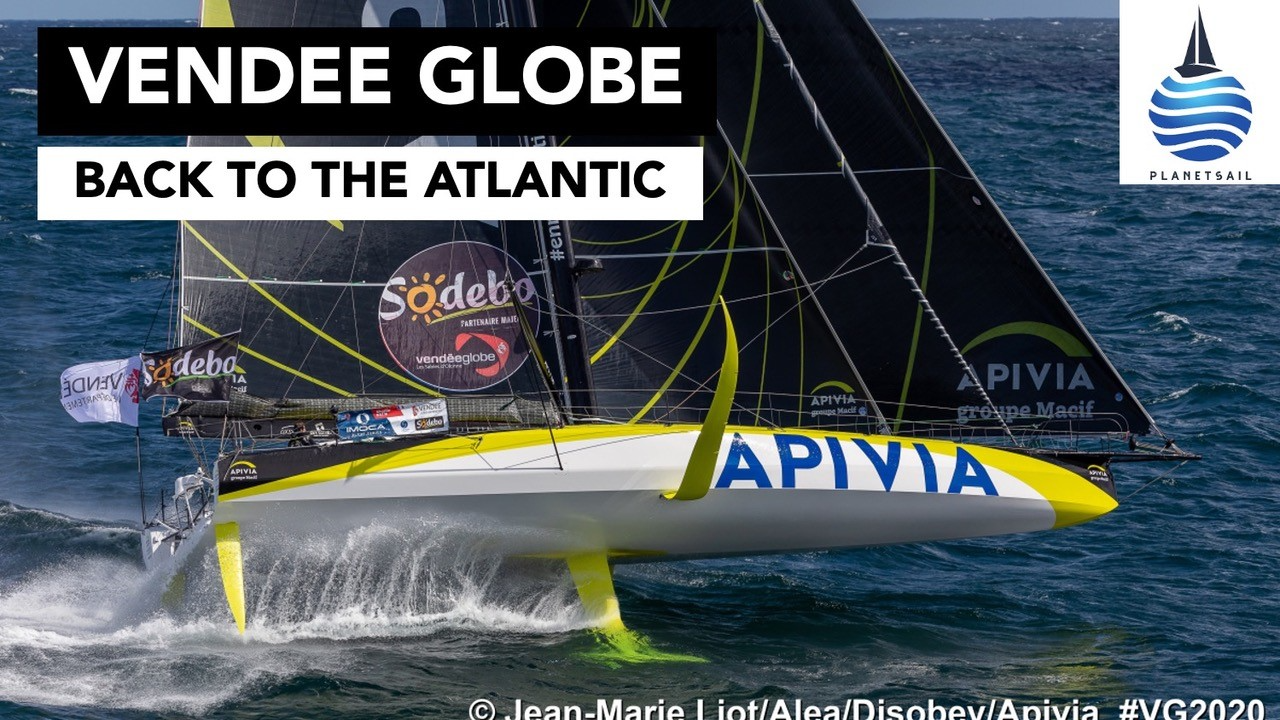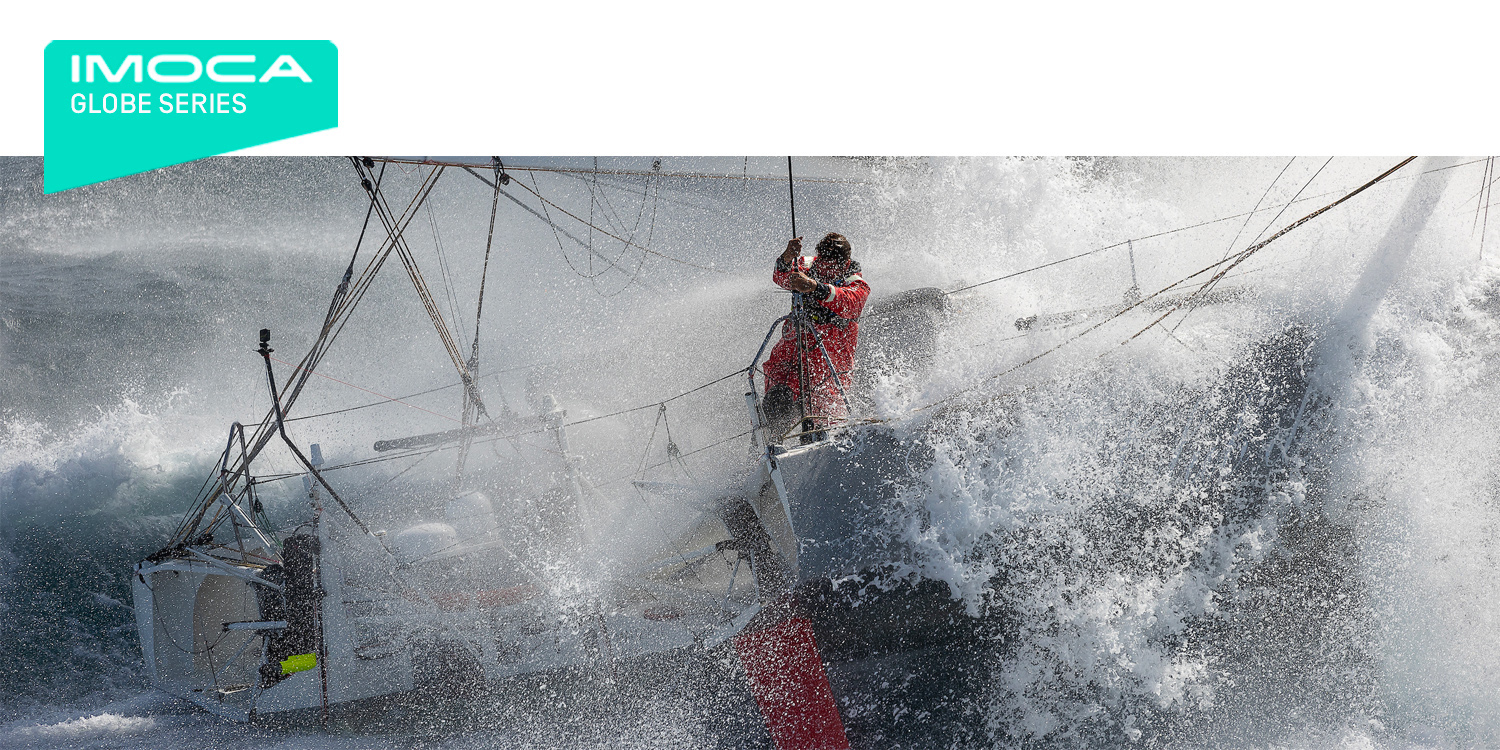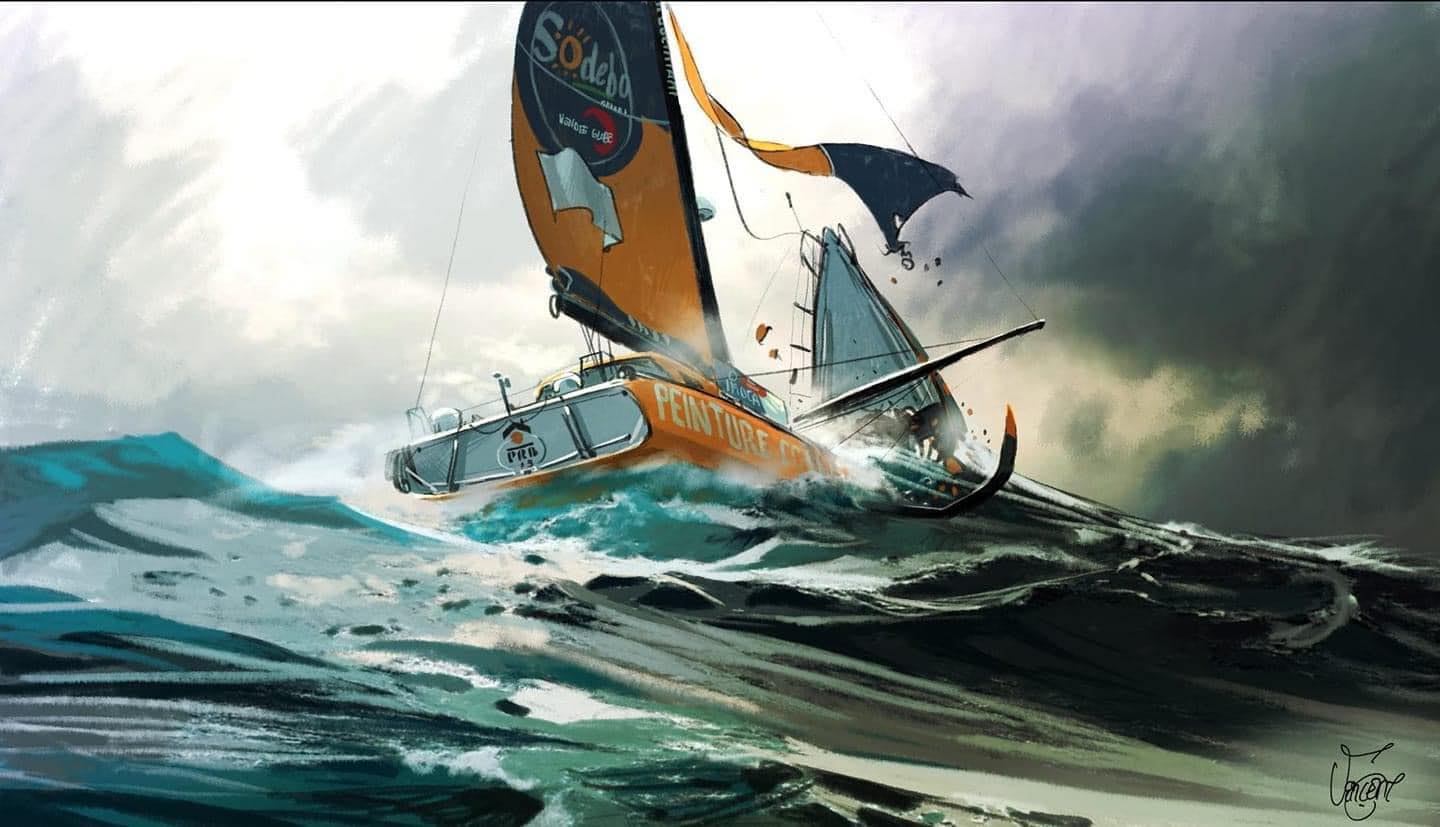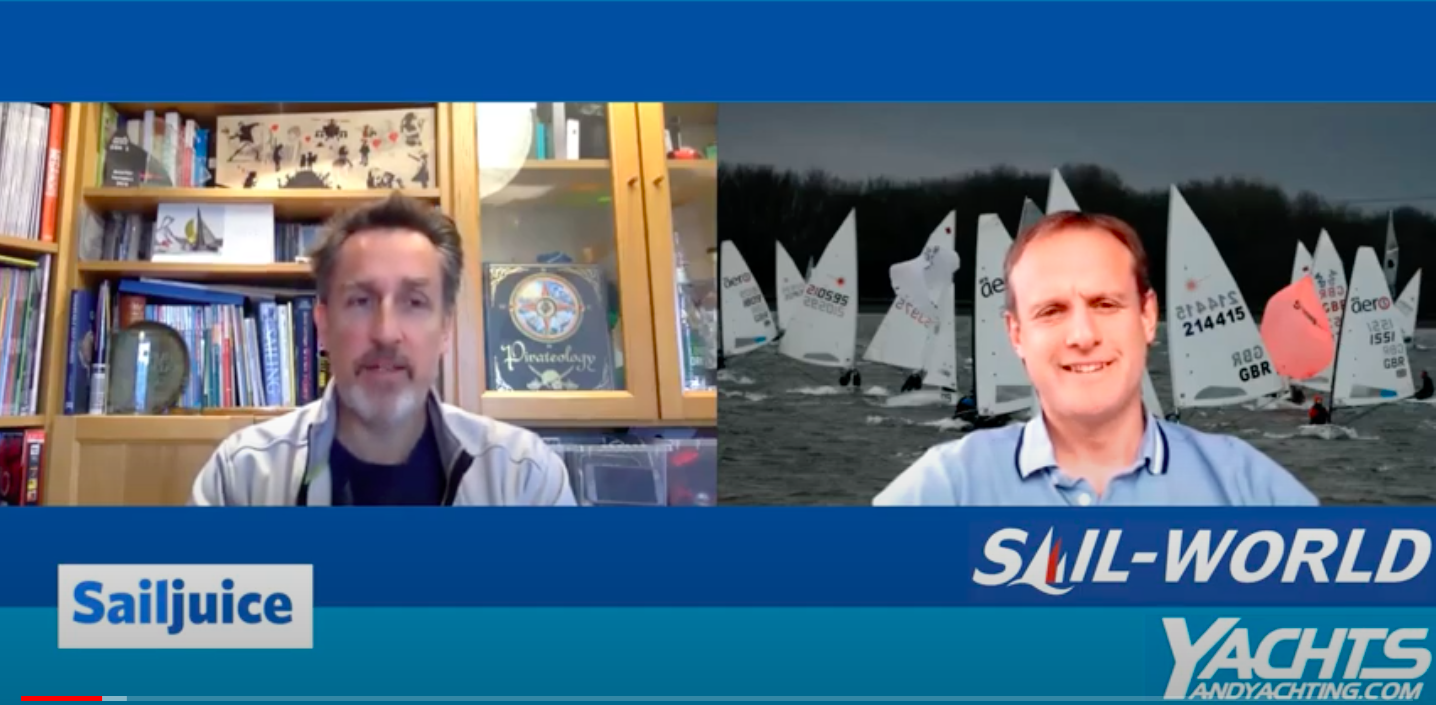The question for Thomas Ruyant and his LinkedOut team is what to do with the shattered port foil that the team has confirmed suffered structural failure, not impact from an object or animal in the water.
The dilemma is that even in its retracted state the weakened foil provides lift and speed, especially in VMG mode upwind and downwind, and thus it should be preserved at all costs.

However, keeping the foil risks the danger that it could break off when the boat is sailing fast. The moment of fracture could lead to the foil arm damaging the portside outrigger which could affect the stability of the mast. More likely, a foil arm breakage could puncture the foil casing inside Ruyant’s boat, compromising its watertight integrity.
This morning Laurent Bourgues, the LinkedOut technical director, chaired a Skype meeting with naval architects and engineers to asses the options for Ruyant. If the decision is to keep the foil – which has a series of cracks along its shaft – then the plan will be to either bolt supporting plates onto it inside the foil case to strengthen it, or use ratchet strops to try to hold the shaft together.
If the decision is made to cut the foil away, Ruyant will have to grind it off outboard of the hull, cutting it off at the point where the foil comes back up out of the water and then retracting the stub.
“We think that in VMG mode we will still be able to benefit from the foil significantly,” commented Marcus Hutchinson, the LinkedOut team manager, “hence the reason to try and keep it. But the loads on the foil increase with the square of the speed, so when you are reaching fast, you either have to throttle back or not have it because of the risk of it breaking.”
While the team makes its mind up, Ruyant is doing his best to hang in there with Charlie Dalin on APIVIA – nearly 120 miles ahead of him - as the leading pair try to wriggle their way out of the light and variable winds that are delaying their progress towards the first depression of the southern ocean.
Behind them Jean Le Cam on Yes We Cam! in third position is also being held up, while the group further west continue to benefit from sailing round the west side of the high pressure zone. They are being led by Boris Herrmann on Sea Explorer-Yacht Club de Monaco and Kevin Escoffier on PRB who are both around 520 miles behind Dalin.
Hutchinson says the position of the chasing boats in the west is what is occupying Ruyant’s mind right now. “The danger of parking up and then the others sailing round them is by far the biggest risk at the moment,” he said. “I think Thomas and Charlie have got another 24 hours of slow and unpredictable conditions.”
Hutchinson cautions that it is all too easy to draw conclusions based on computer weather models viewed from an armchair – the real challenge for the sailors is dealing with the weather they are actually encountering which can be quite different.
“We are looking at the weather on the tracker and on other sites but it’s not really what’s going on out there,” he said. “The forecasts are very different – they would never have gone there if they knew it was going to be like this.”
His concern reflects the fact that, for the fortunes of the leaders, this phase of the race could be critical in determining who dominates in the southern ocean. The goal for Dalin and Ruyant is to get south as fast as possible and hope that the lateral separation with the leaders in the western group works in their favour.
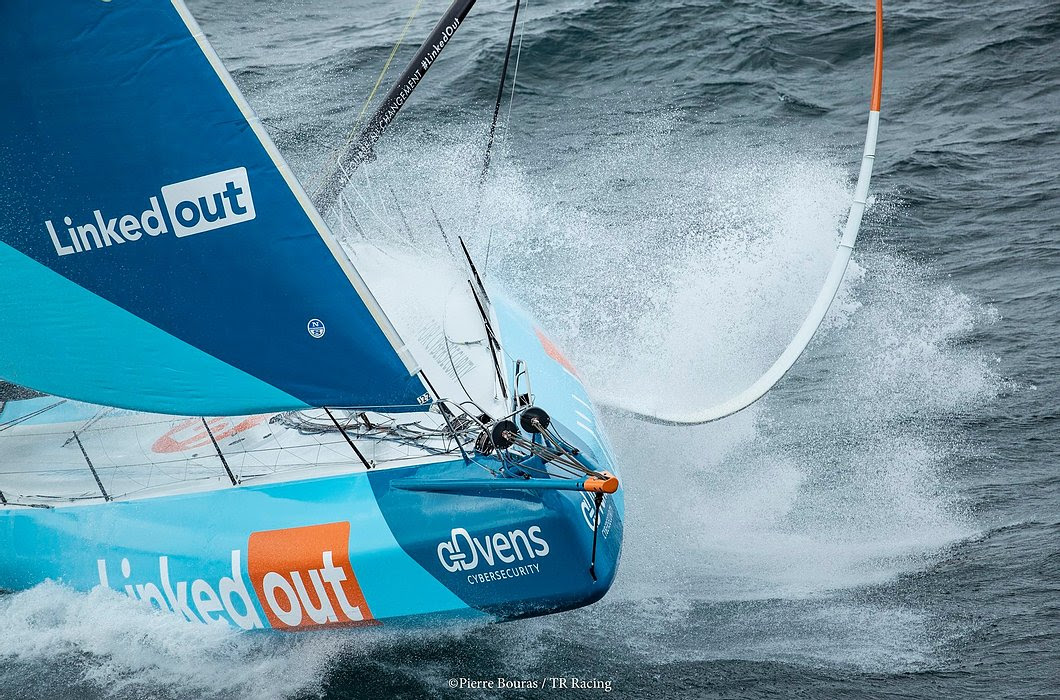
Hutchinson says the stress factor for Ruyant has been high. He has been watching his rivals in the west (Initiatives Coeur, PRB, Arkéa, Bureau Vallée) but has also had to deal with losing his lead to Dalin. “It’s the psychological strain of being in an area of no wind and not knowing how to get out of it and having had a lead – and having lost that lead and having seen at every ranking that you’ve lost another five or 10 miles. He is now nearly 120 miles behind Charlie and he was 65 miles ahead of him just a few days ago.”
Back in the northern hemisphere, meanwhile, and about 3,000 miles behind Ruyant, Jérémie Beyou on Charal continues his direct route south. Among his first objectives on re-starting the race was to catch up with the backmarker of the main fleet which is currently Kojiro Shiraishi on the Charal sistership, DMG Mori Global One. At 14.00 today Beyou was only about 450 miles behind the Japanese sailor and travelling four knots quicker.
Ed Gorman / IMOCA


